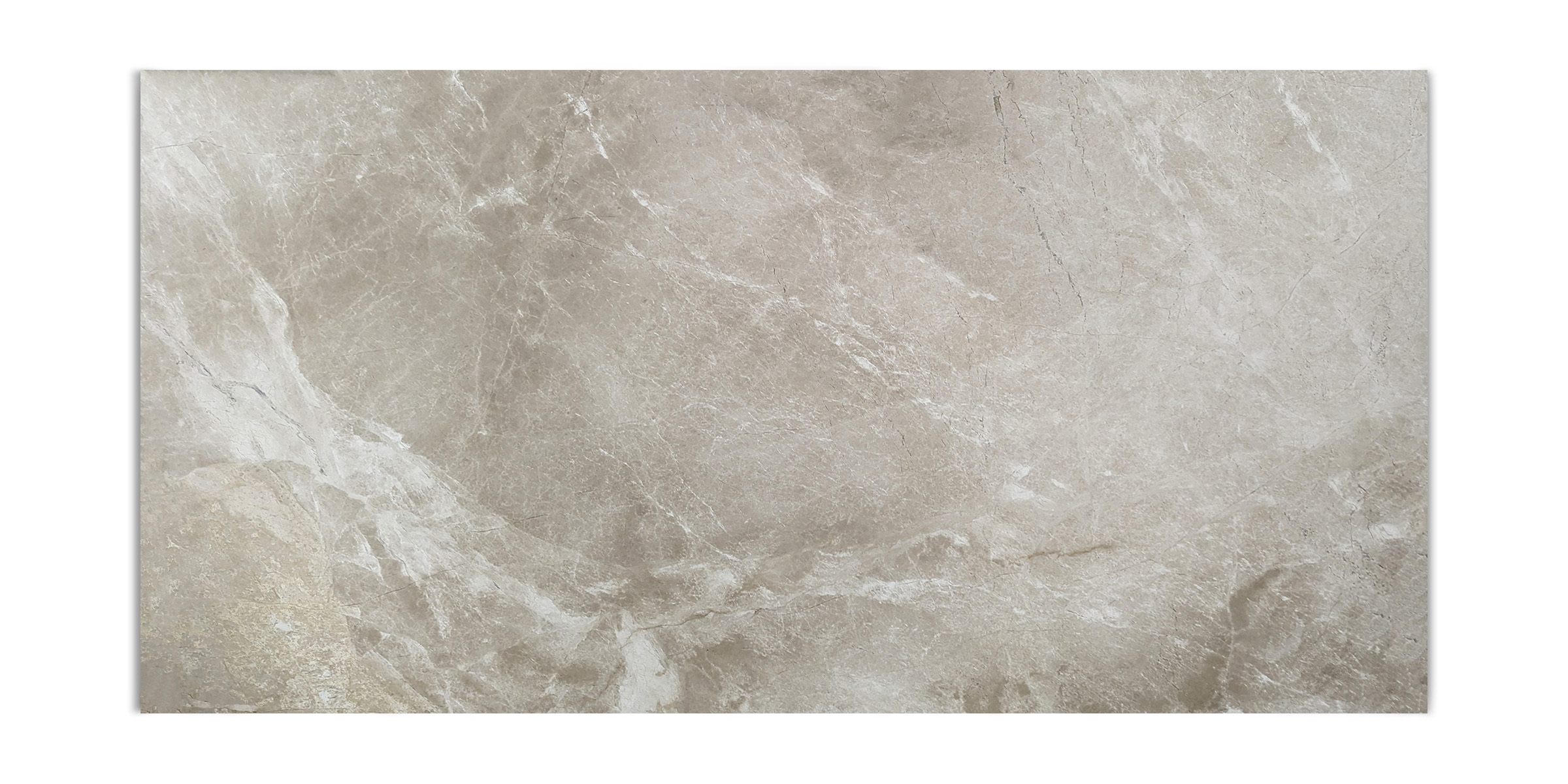What is the downside of marble floors? Marble flooring is undeniably luxurious and adds elegance to any space. However, there are several practical considerations to weigh before opting for marble floors. While the beauty of marble can be tempting, its downsides might influence whether it’s the right fit for your lifestyle and environment.
1. Porosity and Stain Susceptibility
Marble is a porous stone, which means it readily absorbs liquids and can be highly prone to stains. If you spill coffee, wine, or acidic substances like lemon juice on marble, it can leave a mark that is challenging to remove. Even after sealing, which is a necessary maintenance step, marble can still stain more easily than denser materials like granite or porcelain.
2. High Maintenance Requirements
To keep marble looking pristine, it requires regular maintenance, including frequent sealing and polishing. Marble floors should ideally be sealed annually to maintain their resistance to stains and moisture. This upkeep can be both time-consuming and costly. In high-traffic areas, marble can also lose its luster over time, requiring professional polishing to restore its original sheen.
3. Scratches and Etching
Marble is softer than other natural stones, like granite, and can scratch easily under heavy foot traffic, moving furniture, or sharp objects. Additionally, marble reacts with acidic substances (like citrus juice or vinegar), which can cause etching—dull spots that show up when the surface finish is chemically altered. This is especially problematic in kitchens or bathrooms, where exposure to acidic products is common.
4. Cold Underfoot
Marble’s high thermal conductivity means it tends to remain cold to the touch, making it less comfortable in colder climates or seasons. This can be a downside in spaces where you walk barefoot, as the surface can feel uncomfortably chilly. Although radiant heating systems can be installed, they add to the initial cost and may not be compatible with all types of marble flooring.
5. Higher Risk of Slips and Falls
Marble can be very slippery, especially when polished to a high gloss. When it gets wet, it becomes even slicker, posing a safety hazard in spaces like bathrooms, kitchens, or entryways. Non-slip treatments are available, but they can diminish the glossy finish that marble is known for, creating a dilemma for homeowners who want both safety and shine.
6. Pricey Installation and Repairs
Marble flooring is generally more expensive than other flooring options, with the initial cost of materials and installation being relatively high. Installing marble requires specialized labor, and if a tile cracks or sustains damage, repairs become costly and challenging to match precisely. Unlike materials that allow easy refinishing or patching, marble often demands replacing entire sections to maintain a seamless look.
7. Environmental Impact
Extracting, cutting, and transporting marble has a significant environmental footprint, as the process is energy-intensive. If sustainability is a concern, alternatives like engineered stone or recycled tiles might be more environmentally friendly. Moreover, marble is a non-renewable resource, meaning once it’s used, it can’t be regenerated.
Conclusion
Marble flooring is elegant, timeless, and can elevate the aesthetic of any room. However what is the downside of marble floors, its high maintenance needs, susceptibility to staining, scratching, and environmental concerns make it an option best suited for those who are willing to invest both time and money into its upkeep. Weigh these factors carefully to determine if the beauty of marble outweighs the practical challenges it presents for your home.

